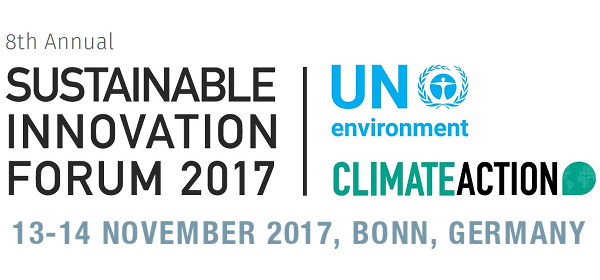The latest infographic from Climate Action explores the role of Carbon Pricing, a well-favoured methodology for reducing the global-warming emissions, through a market overview, a challenges and opportunities analysis as well as practical examples of leadership demonstrated by governments and the private sector.
A carbon price is a cost applied to carbon pollution to encourage polluters to reduce the amount of greenhouse gas they emit into the atmosphere. These can either be a carbon tax- a tax levied on the carbon content of fuels, or cap and trade- corporations or governments can trade emissions allowances under an overall cap on those emissions.
Putting a price on carbon emissions and internalising the costs of environmental damage is, by many, the best way to overcome the current market failure of climate change, and move from concern to action. All but 3 nations have pledged to undertake emissions reductions in a collaborative commitment to keep global temperatures to well below 2°C.
A sneak peek at the facts:
- The total value of carbon market in 2017 is $52bn, an increase of 7% from 2016.
- Sweden: A Shining example. Since Sweden introduced a carbon price in 1990, CO2 has reduced by 22%, whilst GDP has grown by 58%.
- Climate Leadership Council proposed the ‘Conservative Case for Carbon Dividends’; a carbon tax starting at $40 that can generate approximately $250 billion per year, and might be able to raise at least $2,4 trillion over a decade. The revenue is suggested to be redistributed to U.S households through monthly dividends.
This infographic is brought to you by Climate Action and UN Environment, hosts of the 8th Sustainable Innovation Forum, which will be held alongside COP23 in Bonn, Germany. To register to attend this event click here.










-900x600.png)
